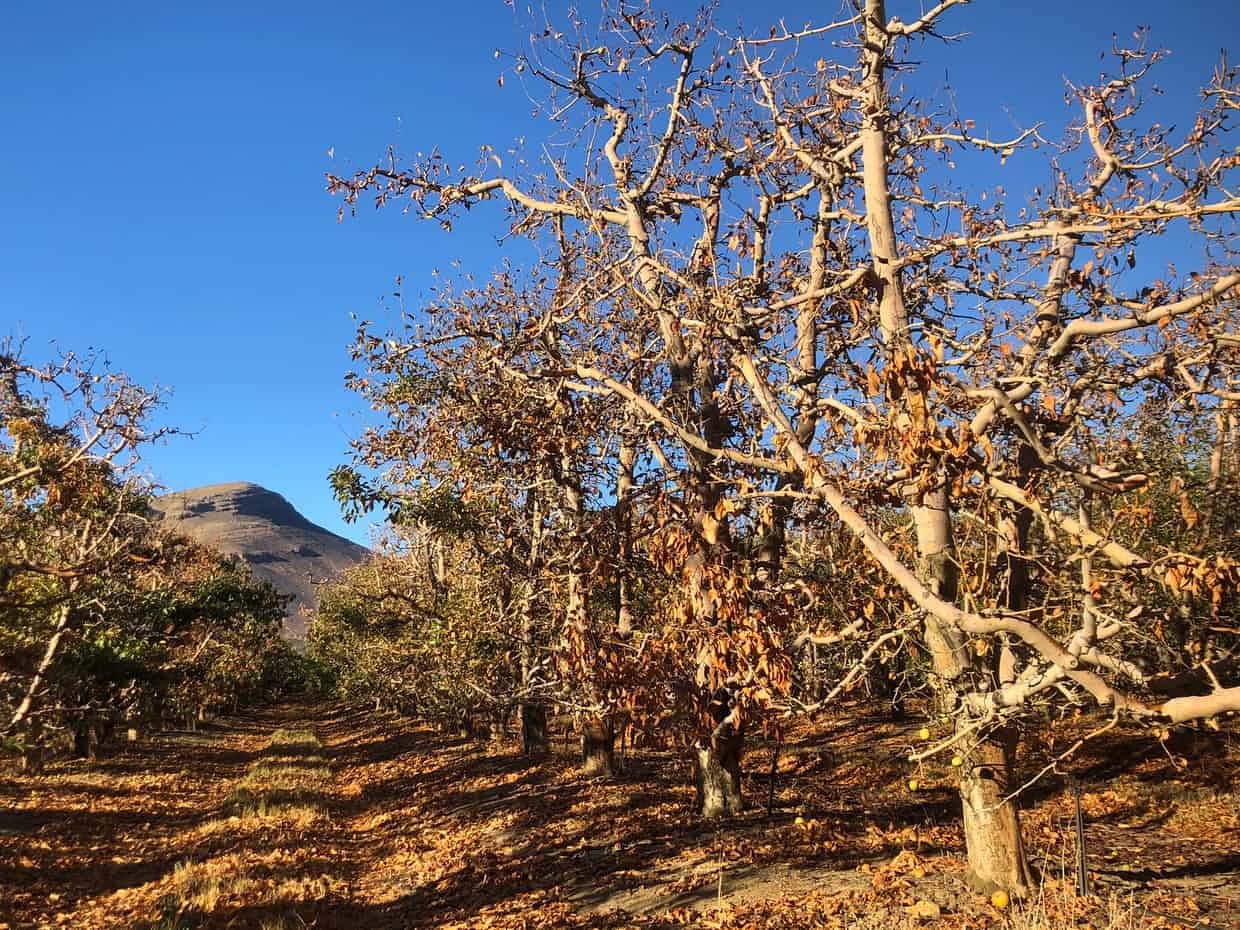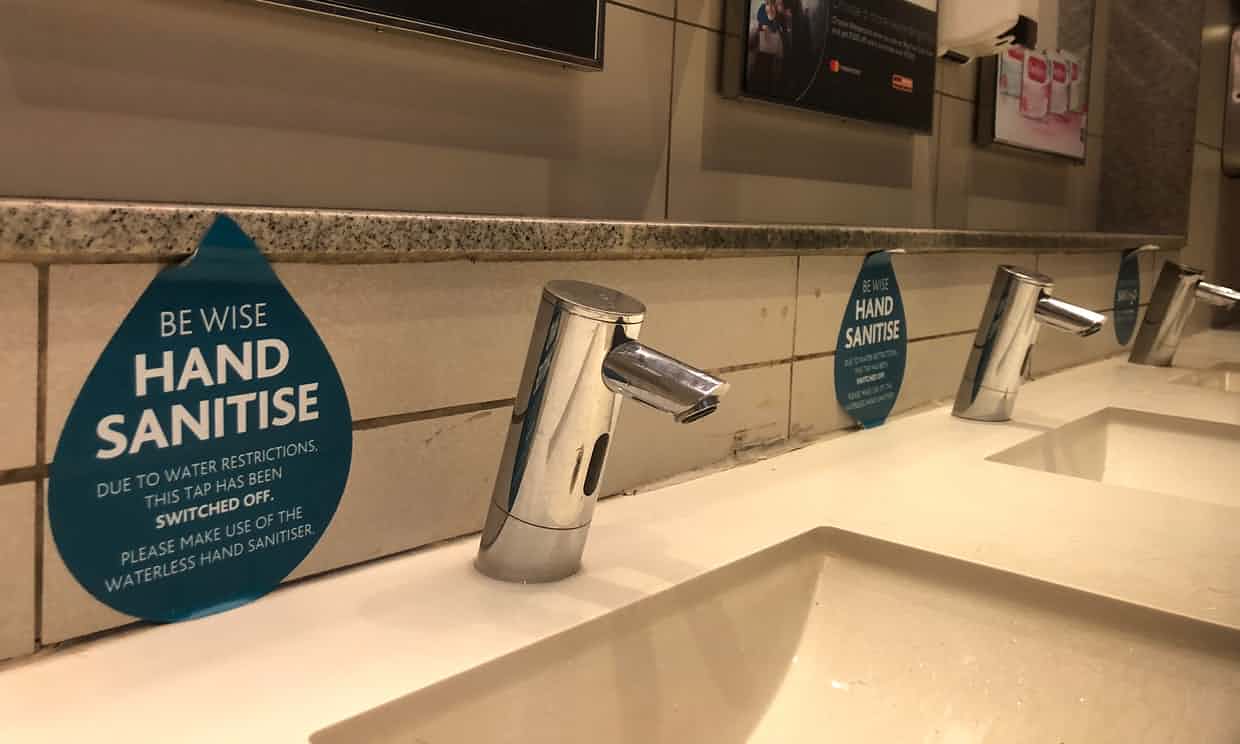Late last year, as the South African government faced the prospect of its largest city running out of water, they took an unprecedented gamble.
The government announced “day zero” – a moment when dam levels would be so low that they would turn off the taps in Cape Town and send people to communal water collection points.
This apocalyptic notion prompted water stockpiling and panic, caused a drop in tourism bookings, and raised the spectre of civil unrest.
It also worked. After years of trying to convince residents to conserve, the aggressive campaign jolted people into action. Water use was (and still is) restricted to 50 litres per person per day. (In 2016, average daily per capita use in California was 321 litres.) Households that exceed the limit face hefty fines, or having a meter installed in their home that shuts off their water once they go over.
Capetonians started showering standing over buckets to catch and re-use that water, recycling washing machine water, and limiting loo flushes to once a day.
From our partners:
“It was the most talked about thing in Cape Town for months when it needed to be,” says Priya Reddy, the city’s communication director. “It was not a pretty solution, but it was not a pretty problem.”
Cape Town’s water use dropped from 600m litres per day in mid 2017 to 507m litres per day at the end of April. That’s still short of the 450m the city should be using, but Reddy says it couldn’t have been achieved otherwise. “We really did need to make it alarming enough, otherwise day zero would have happened.”
“The day zero campaign made us all think twice about water,” says Sue Fox, after collecting several litres of drinking water for her household from a natural spring in Newlands, an upmarket Cape Town enclave. “We’ll never, ever, ever take water for granted again.”
As global temperatures continue to rise, cities around the world will have to figure out how to do more with less water. The Western Cape’s multi-pronged response to its water crisis – from farming innovations to reducing urban water use to diversifying water supply sources – could serve as a blueprint for cities that find themselves, like Cape Town, looking at near-empty dams.
“We have pushed the limits far more than most other cities,” says Deputy Mayor Ian Neilson, who is in charge of the city’s water crisis response. “Millions of people have responded – literally millions.”
But it’s not all positive stories of innovation, responsibility and altruism. Farmers in the drought-affected area have had to abandon as much as a quarter of their crops, by some estimates, and tens of thousands of agricultural jobs have been lost in the fray.
“This is the one that makes me the most depressed,” says Derick van Zyl pointing to a long row of parched trees in his apple orchard. These trees on the Esperanto Farm produce Pink Lady apples, a coveted variety exported thousands of miles to the UK and Europe. They haven’t been watered in months.

Esperanto is one of hundreds of fruit farms in South Africa’s Western Cape province that has had to get creative to cope with the drought. Despite Esperanto’s dams being at 28% capacity as of last October, most of its orchards have been luckier than these bedraggled Pink Ladys, thanks to water-saving hacks like night-time irrigation, mulching and concentrating water around the trees’ roots systems.
Production is down, but not as much as it could be.
Finding ways to farm with less water is the new normal, Van Zyl says. Even if the Western Cape’s drought ends with the upcoming rainy season – and that’s a big if – climate change means warmer temperatures are on the way, he says. “There isn’t going to be more water. We’ll have to make due with what we’ve got.”
The combination of measures appears to have averted water armageddon – for now. The City has pushed back the day zero date to 2019.
The move met with a heady mix of relief and exasperation. People wondered whether it had been a hoax, or an attempt for the city to make money off higher water fines.
The city has also faced criticism that it allowed political turmoil within City Hall – Mayor Patricia De Lille has been under fire for months – to slow down its response to the water crisis.
Neilson, the deputy mayor, says the decision to call off day zero came down to transparency. “It was about being honest with the public,” Neilson says. “People would quickly call us out if we didn’t tell the truth. Our credibility would be lost.”
Now the city is charged with the onerous task of making sure residents don’t slip back into their old habits. Though day zero is out of the immediate picture, the major dams that supply water to the Western Cape are still only about 20% full. If the rains don’t show up during the South African winter, day zero could still happen.
By then, however, the city hopes to boost the city’s water supply through methods that don’t rely on rainfall, like repairing water delivery infrastructure, drilling boreholes to access groundwater, desalination, and water re-use.

A lot of ideas about how to bring more water to Cape Town have come past Neilson’s desk, including cloud seeding, harvesting water from the air and even towing a 100-million-tonne iceberg from Antarctica.
“When somebody first tells you about it, you think it’s a crazy idea,” says Nick Sloane, a ship salvager who has been pitching the idea of the iceberg plan. “But the more you learn about it, it’s like, ‘Why not?” Just telling an entire city no one can ever take a bath again, Sloane says, is the “wrong answer.”
Others would like to see the city look for long-term solutions closer to home. Christine Colvin, a water expert with the World Wildlife Fund, has been pushing the government to eliminate thirsty invasive species like pine, eucalyptus and wattle, which deplete dam reserves.
By clearing non-native plants that are sucking up 38 million cubic metres of precious water each year, Colvin says Cape Town could be getting 7% more water annually.
WWF has been saying this for awhile, but when the dams were full, nobody was listening. “There wasn’t really a case for it,” Colvin says. “Now, our dams are running dry.”
This feature is written by Krista Mahr & originally appeared in The Guardian.
















